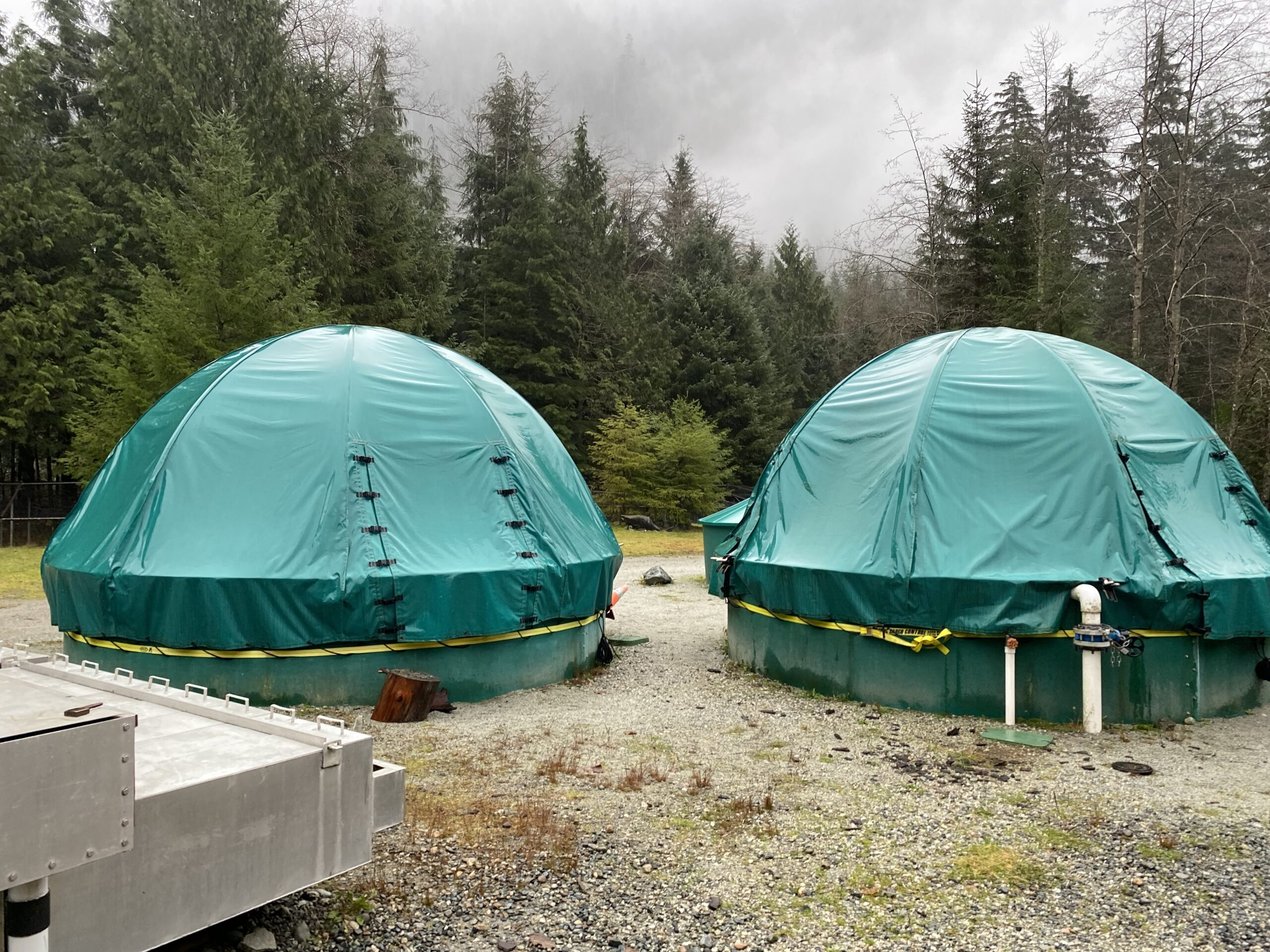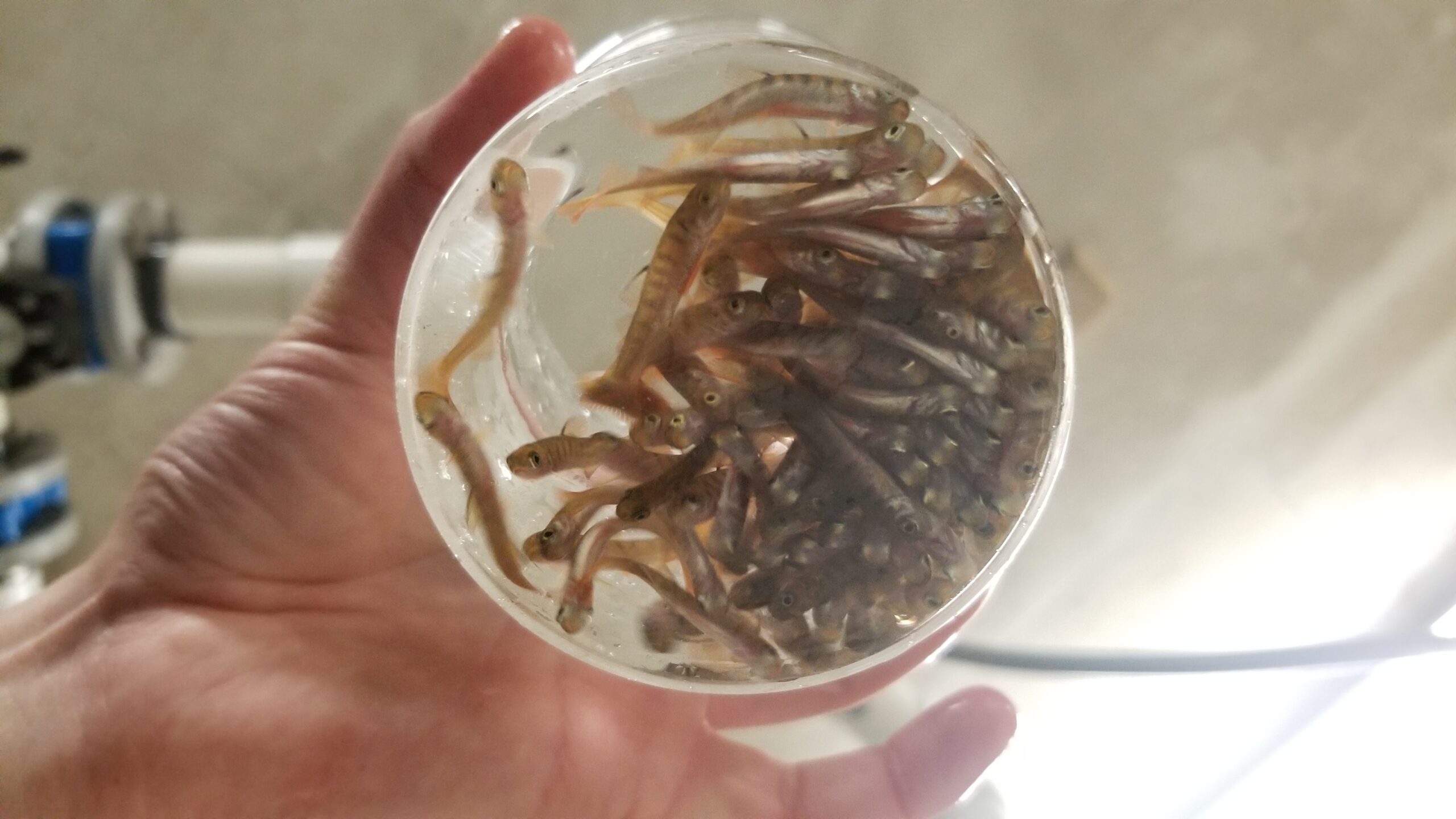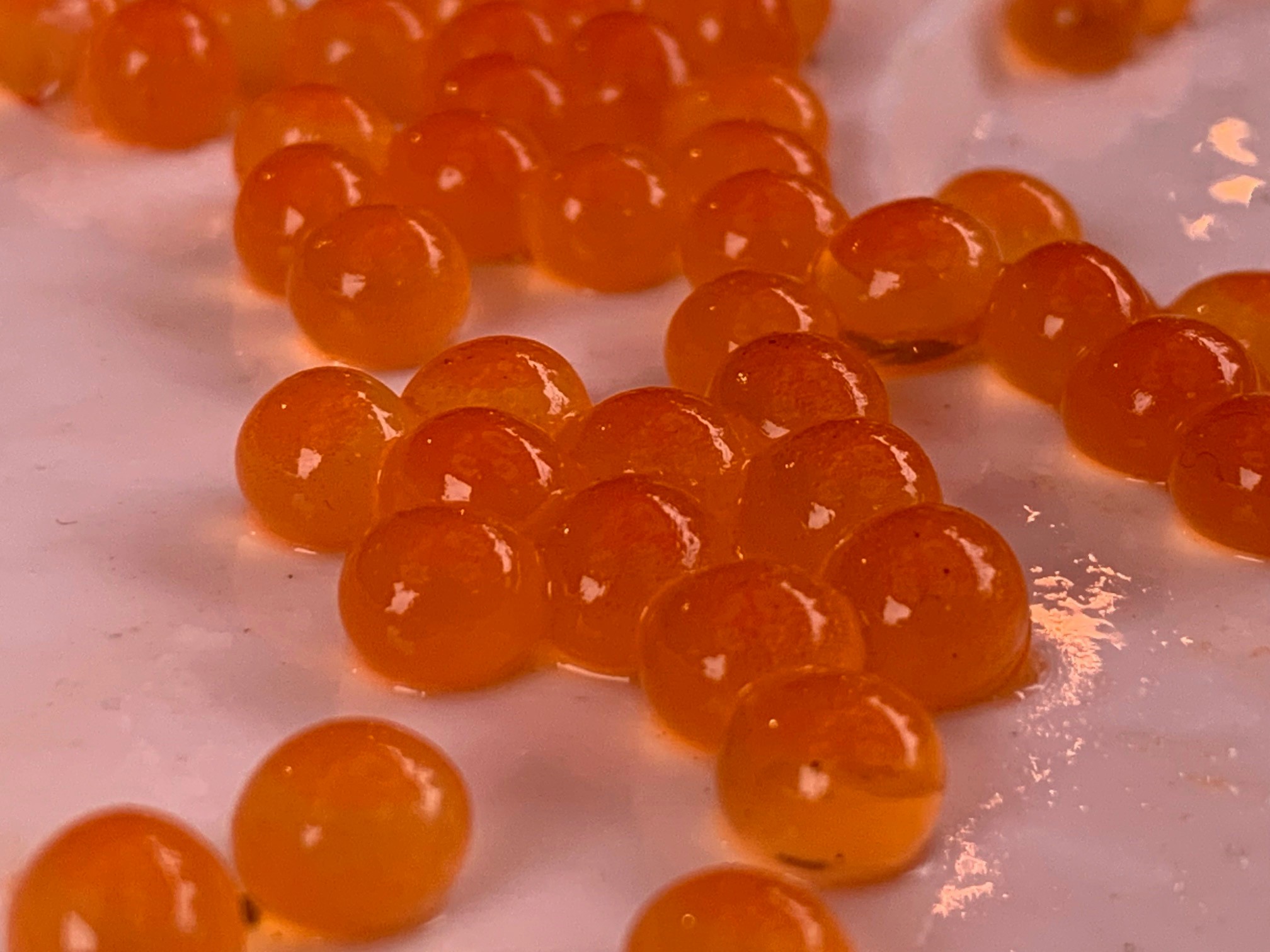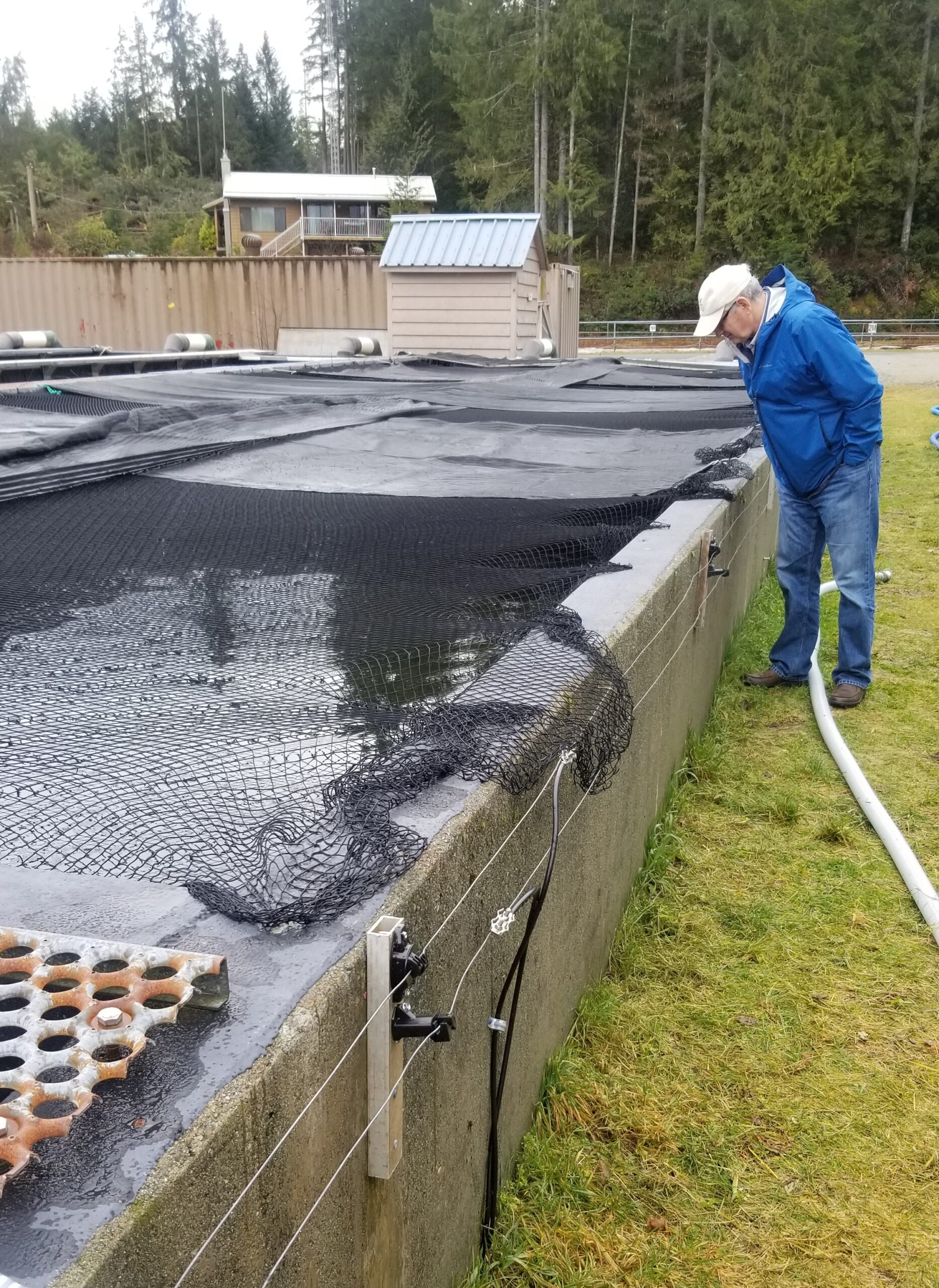Canada’s Salmonid Enhancement Program (SEP) currently releases about 250 million juvenile salmonids every year into BC waters. This is a tiny portion of the total release of salmonids into the North Pacific Ocean (<5%) but is a substantial investment of effort and funds in Canada. Unfortunately, there have been very few evaluations of SEP since its beginnings in 1977.
Following from the Salish Sea Marine Survival Program (SSMSP) the Pacific Salmon Foundation undertook an extensive review of SEP’s salmon hatchery programs, stimulated by the SSMSP comparison between natural and hatchery-produced Chinook salmon in the Cowichan River, BC. Results of a large PIT tagging program on the Cowichan suggested that naturally produced Chinook salmon survived three times the rate of hatchery Chinook. Other SSMSP studies highlighted reduced survival of hatchery coho populations relative to wild coho. These results prompted questions about hatchery effectiveness, and whether there may be ways to optimize operations in BC hatcheries.
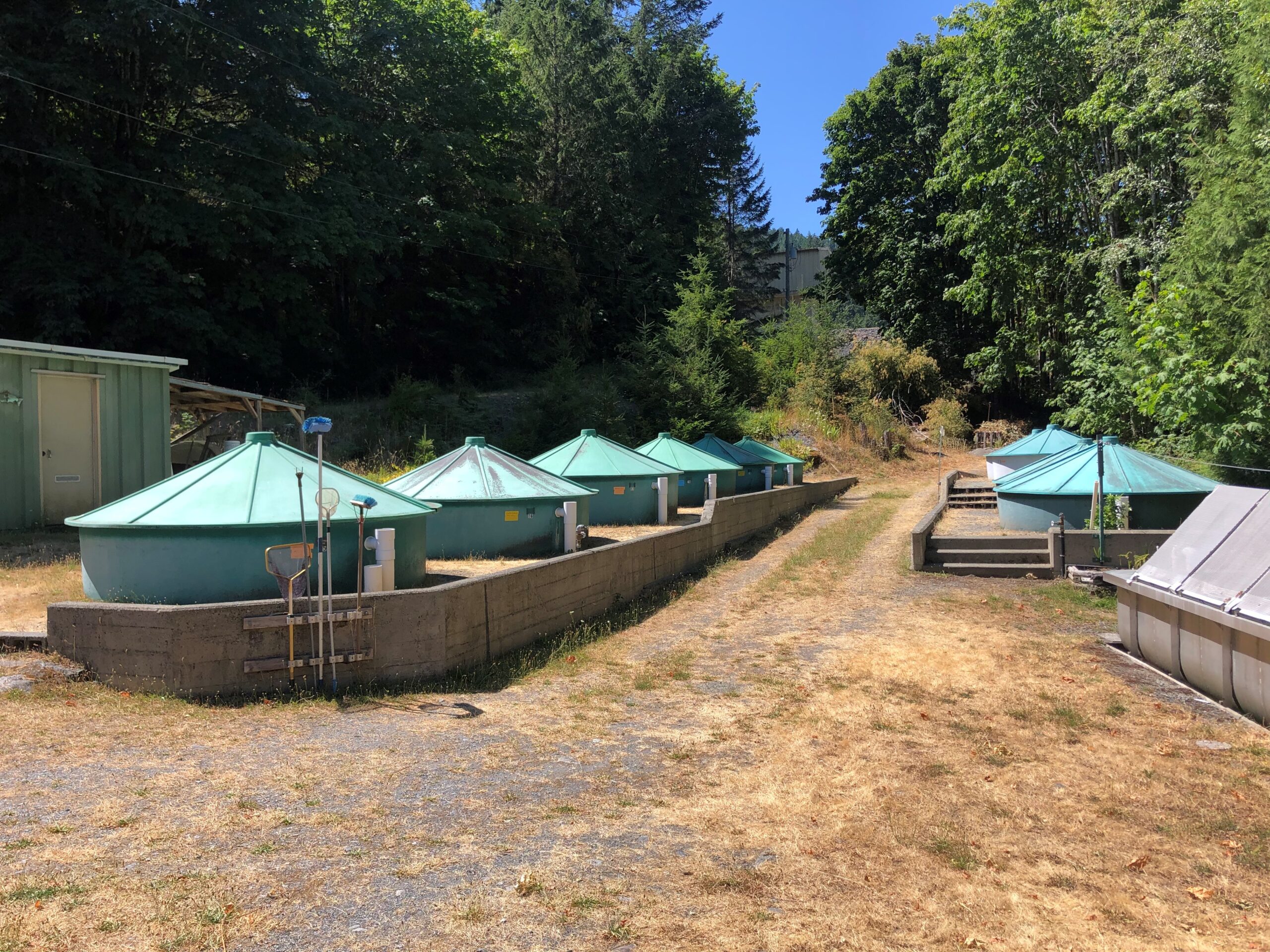
The overall goal of the PSF hatchery effectiveness review was to assess the efficiency of hatcheries in BC to support the production of Pacific salmon, sustain fisheries, and contribute to a sustainable future for wild Pacific salmon. Brian Riddell, Isobel Pearsall and Andy Rosenberger created a synthesis report that pulls together the outcomes from 14 reports completed for the review including three literature reviews, an assessment of the community hatchery program, an evaluation of trends in biological traits of Chinook salmon, an extensive review of hatchery release strategies for Chinook and coho salmon, and evaluations of the contribution of hatchery salmon to harvest, rebuilding of natural populations, and interactions between hatchery and wild salmon. All reports are openly available on the Pacific Salmon Foundation’s Marine Science website: https://marinescience.psf.ca/hatchery-effectiveness/.
Beyond the estimation of hatchery salmon contributing to catches and spawning escapements, it was apparent that there is limited ability to assess effectiveness and the biological costs and benefits to Pacific salmon production in BC, primarily due to limitations in data availability. Future evaluations of hatcheries and Pacific salmon production requires integration of hatchery and wild salmon analyses, commitments to comparative studies, improved data availability, and more thorough reporting. But new scientific methodologies in genetics and genomics offer future opportunities to understand effects of hatchery technologies and to learn from interactions of hatchery and wild Pacific salmon populations.
Read the Synthesis report here and find the open access Fisheries Magazine journal article here.
